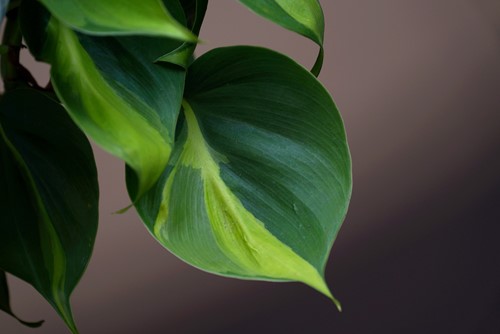Email: [email protected]

Growing plants in water is a fun and convenient way of bringing nature indoors. Many popular houseplants and herbs can sprout and live in water with the right nutrients. Heartleaf philodendrons are especially successful growing this way. Here is a basic guide for growing a philodendron in water:
Now you'll have a collection of brand-new baby philodendrons. You can transfer them to soil once the roots are at least an inch long or simply keep them in the water. As long as they get enough light and an occasional dose of diluted fertilizer, your philodendron will produce more vines and leaves just as it would when planted.

Your resource for residential real estate
Thank you for visiting my website! Here you can search properties on line (MLS info), sign up for daily market updates (Email Alerts), find out what your present home is worth (Home Valuation), what your payment would be for a particular home (Mortgage Calculator) or obtain useful information on schools, communities, and just about anything pertaining to real estate (Helpful Links). The tabs put info at your fingertips, but always feel free to contact me for additional help with a personal touch. I'm here for you: Consider Me Your Resource for Everything Real Estate!